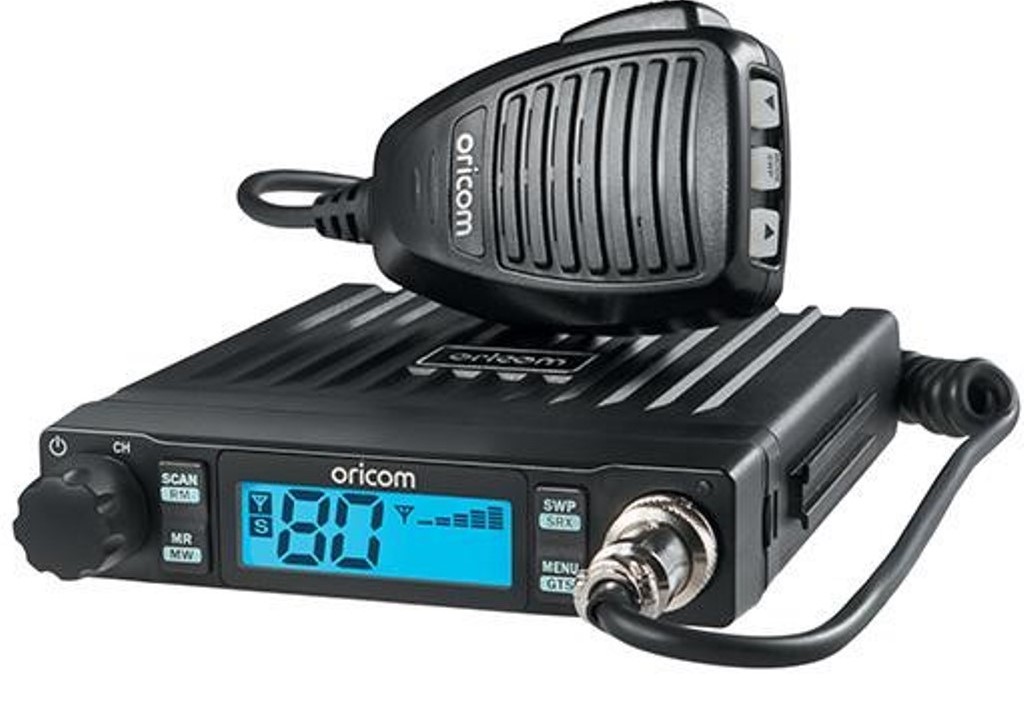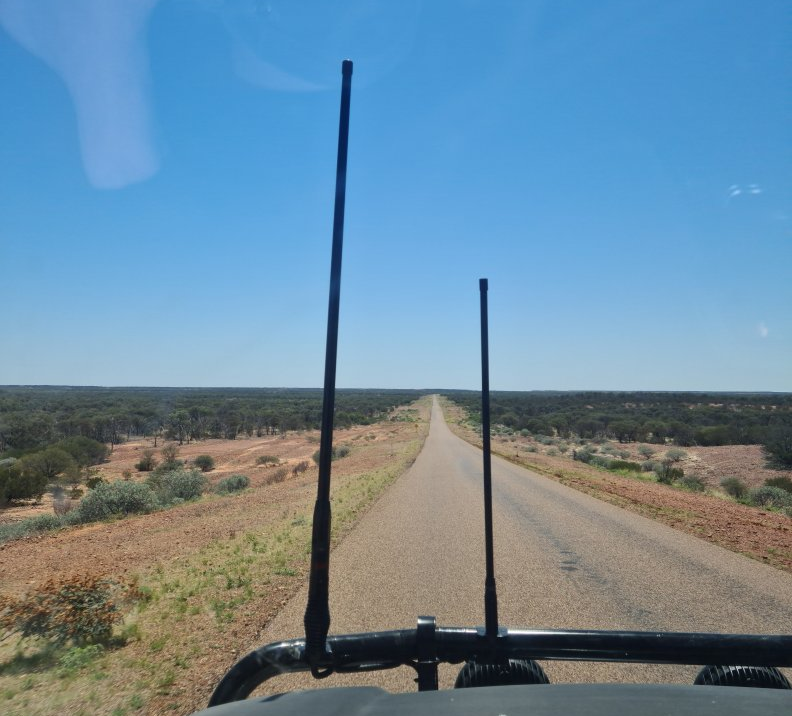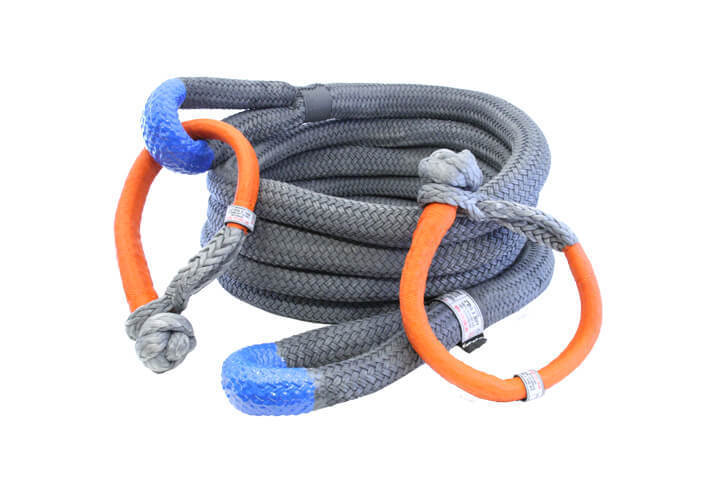
UHF RADIO
The Citizen Band Radio Stations (CBRS) is a two-way, short distance, voice communication service that provides a cheap, reliable means of communication.
The service operates in two frequency bands:
- High frequency (HF) – (26.965 – 27.405 MHz) rare now days.
- Ultra high frequency (UHF) – (476.4125 – 477.4125 MHz) our club radios.
UHF radios use Frequency Modulation (FM) and have become the preferred mode of operation for most.
In Australia, although there is no individual licence needed to use this equipment, it is still governed by the Citizens Band Radio Stations Class Licence and the Radio Communications Act. Under this Federal legislation certain channels have been reserved for specific use. Some other channels have also been designated for certain uses by general agreement.
| CHANNEL and FREQUENCY | DESIGNATED OR ACCEPTED USE | CHANNEL and FREQUENCY | DESIGNATED OR ACCEPTED USE | |
| 1 – 476.4250 | Duplex – Repeater Output | 41 – 476.4375 | Duplex – Repeater Output | |
| 2 – 476.4500 | Duplex – Repeater Output | 42 – 476.4625 | Duplex – Repeater Output | |
| 3 – 476.4750 | Duplex – Repeater Output | 43 – 476.4875 | Duplex – Repeater Output | |
| 4 – 476.5000 | Duplex – Repeater Output | 44 – 476.5125 | Duplex – Repeater Output | |
| 5 – 476.5250 | Duplex – Repeater Output (Emergency use only) | 45 – 476.5375 | Duplex – Repeater Output | |
| 6 – 476.5500 | Duplex – Repeater Output | 46 – 476.5625 | Duplex – Repeater Output | |
| 7 – 476.5750 | Duplex – Repeater Output | 47 – 476.5875 | Duplex – Repeater Output | |
| 8 – 476.6000 | Duplex – Repeater Output | 48 – 476.6125 | Duplex – Repeater Output | |
| 9 – 476.6250 | Simplex | 49 – 476.6375 | Simplex | |
| 10 – 476.6500 | Simplex – 4WD – Convoy, Clubs and National Parks | 50 – 476.6625 | Simplex | |
| 11 – 476.6750 | Simplex – Call Channel | 51 – 476.6875 | Simplex | |
| 12 – 476.7000 | Simplex | 52 – 476.7125 | Simplex | |
| 13 – 476.7250 | Simplex | 53 – 476.7375 | Simplex | |
| 14 – 476.7500 | Simplex | 54 – 476.7625 | Simplex | |
| 15 – 476.7750 | Simplex | 55 – 476.7875 | Simplex | |
| 16 – 476.8000 | Simplex | 56 – 476.8125 | Simplex | |
| 17 – 476.8250 | Simplex | 57 – 476.8375 | Simplex | |
| 18 – 476.8500 | Simplex – Caravan and Convoy Channel | 58 – 476.8625 | Simplex | |
| 19 – 476.8750 | Simplex | 59 – 476.8875 | Simplex | |
| 20 – 476.9000 | Simplex | 60 – 476.9125 | Simplex | |
| 21 – 476.9250 | Simplex | 61 – Reserved for Future Expansion | ||
| 22 – 476.9500 | Data only – No voice | 62 – Reserved for Future Expansion | ||
| 23 – 476.9750 | Data Only – No voice | 63 – Reserved for Future Expansion | ||
| 24 – 477.0000 | Simplex | 64 – 477.0125 | Simplex | |
| 25 – 477.0250 | Simplex | 65 – 477.0375 | Simplex | |
| 26 – 477.0500 | Simplex | 66 – 477.0625 | Simplex | |
| 27 – 477.0750 | Simplex | 67 – 477.0875 | Simplex | |
| 28 – 477.1000 | Simplex | 68 – 477.1125 | Simplex | |
| 29 – 477.1250 | Simplex – Pacific (NSW) Hwy Channel | 69 – 477.1375 | Simplex | |
| 30 – 477.1500 | Simplex | 70 – 477.1375 | Simplex | |
| 31 – 477.1750 | Repeater Input | 71 – 477.1625 | Repeater Input | |
| 32 – 477.2000 | Repeater Input | 72 – 477.1875 | Repeater Input | |
| 33 – 477.2250 | Repeater Input | 73 – 477.2125 | Repeater Input | |
| 34 – 477.2500 | Repeater Input | 74 – 477.2625 | Repeater Input | |
| 35 – 477.2750 | Repeater Input (Emergency use only) | 75 – 477.2875 | Repeater Input | |
| 36 – 477.3000 | Repeater Input | 76 – 477.3125 | Repeater Input | |
| 37 – 477.3250 | Repeater Input | 77 – 477.3375 | Repeater Input | |
| 38 – 477.3500 | Repeater Input | 78 – 477.3625 | Repeater Input | |
| 39 – 477.3750 | Simplex | 79 – 477.3875 | Simplex | |
| 40 – 477.4000 | Simplex – Highway Channel | 80 – 477.4125 | Simplex | |
Channels 1 to 8 and 41 to 48 – Repeater Channels. Press the DUPLEX button on your radio to use any available repeaters.
Channel 22 and 23 – Data transmissions only (No Voice)
Channels 31 to 38 and 71 to 78 – Repeater inputs – Do not use these channels for simplex transmissions as you will interfere with conversations on channels 1 to 8 and 41 to 48.
Channel 5 and 35 – Emergency use only – Monitored by Volunteers. No general conversations are to take place on these channels.
As at January 2007 the maximum penalties for the misuse of the legally allocated CB emergency channels are:
- For general misuse – if an individual 2 years imprisonment, otherwise $165,000 (a $220 on-the-spot fine can be issued in minor cases); or
- For interference to an Emergency call – if an individual 5 years imprisonment, otherwise $550,000
If you are considering a trip into any remote area, then a UHF Radio is an important communications device to have. Besides the entertainment value, such as chatting with other vehicles, this radio can be a valuable safety tool.
Since UHF signals travel in a straight line, the terrain plays an important part in how well the signal is transmitted or received. For example, the transmission will perform quite poorly if the signal is blocked by hilly or heavily forested areas. On flat terrains such as open countryside, distances between 5 and 20km may be achieved. Distances of up to 100km can be achieved if one or both UHF CB units are elevated on say a hilltop. UHF signals are less prone to power line noises and also provide clear and crisp communications.
UHF radios provide FM quality, short range, line of sight communications and are excellent for convoys. In general, a UHF radio is not of much use in an emergency unless someone happens to be in range of your location – usually much less than 50km. Handheld units are useful because you can walk to higher ground and greatly extend the range if the vehicle is in a valley, or the battery is flat. Owning a pair of handhelds is also useful for bushwalking or in just about any situation you can imagine. In areas where repeaters are installed communication up to many hundreds of kilometres is possible. They are popular in pastoral country with stations operating on public and private repeaters.
Most, if not all modern UHF CBs can scan all channels and lock in on a channel when a signal is heard. This overcomes the problem of not knowing which channel the repeater or the homestead is operating on.
Repeaters
UHF repeaters are special transmitting/receiving stations that are usually located in high areas to allow extended coverage. These stations, which are usually owned by businesses, farmers and clubs, allow UHF users to use them to re-transmit their signal. It works when you press your microphone button with the “Duplex or Repeater” button selected also. You must transmit between channels 1 to 8 and 41 to 48 because the “Duplex or Repeater” selection will add 30 channels and will now transmit to channels 31 to 38 and 71 – 78 on the repeater. The repeater, which collects the signal on 31 to 38 or 71 to 78, then switches to its output channel 1 to 8 and 41 to 48 to transmit simultaneously to say another radio user who may be some distance away or out of line of sight for instance on the other side of the hill.
This can be hard to grasp but imagine a device that needs two frequencies to work and it needs to keep these input and output frequencies as far apart as possible to allow the simultaneous receive and transmit (i.e. 31 to 38 for the repeater’s input and 1 to 8 for the repeater’s output). The further apart these two frequencies, the easier it is to keep the transmitter circuitry from interfering with the receiver circuitry. Therefore, you should not transmit to a repeater on channels 31 to 38 or 71 to 78. Please respect the fact that repeaters are erected and maintained by private individuals and you should keep the usage relatively short.
Microphone Usage
When speaking on your radio hold the microphone approximately 15 centimetres from your mouth (not too close, not too far) press the Push To Talk (PTT) button, wait 1 second and then speak in a normal voice.
If your chosen channel is in use or another person is talking across your conversation just select another channel. Do not provoke troublemakers who may deliberately search out other people to provoke a reaction, just ignore them.
Twin Rivers 4×4 Club Channel is:- 9 (Nine)





